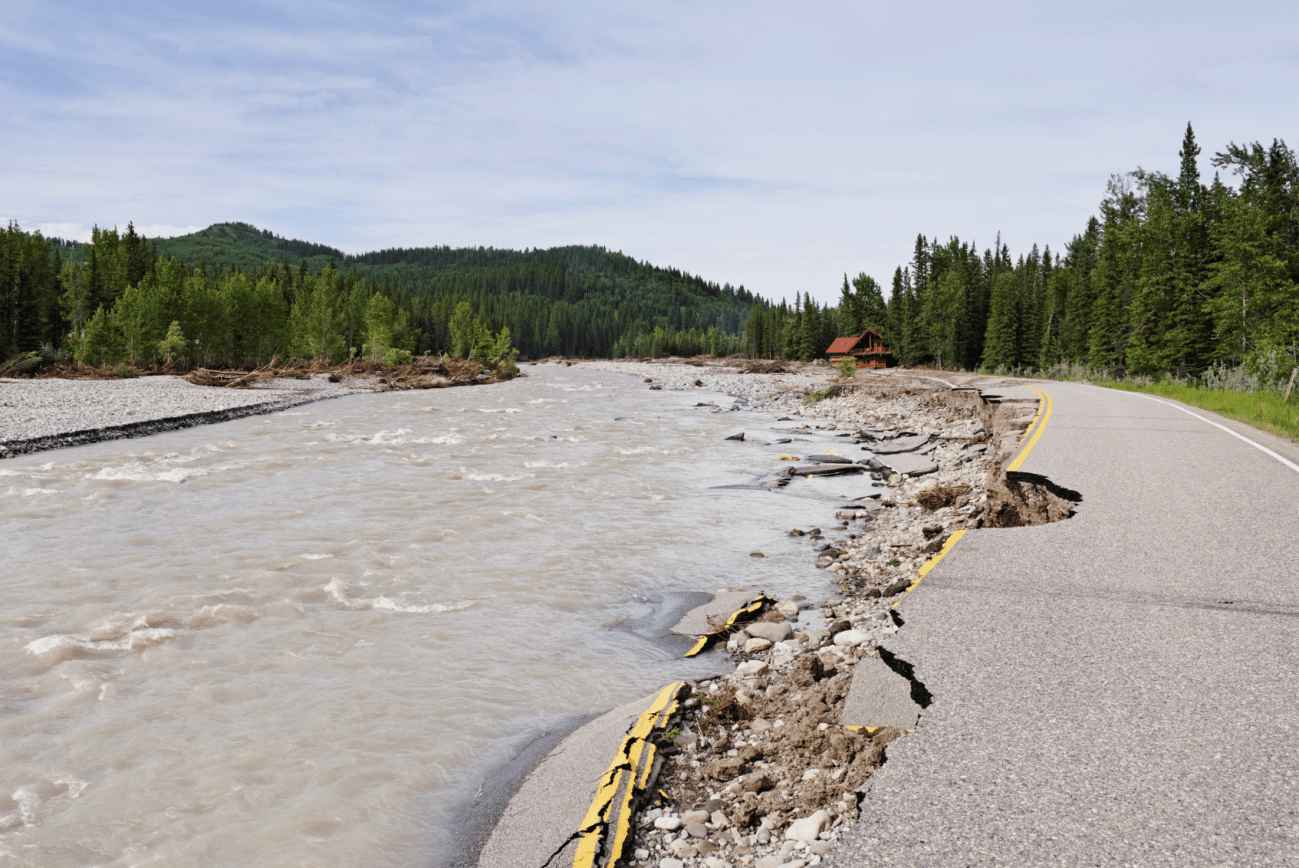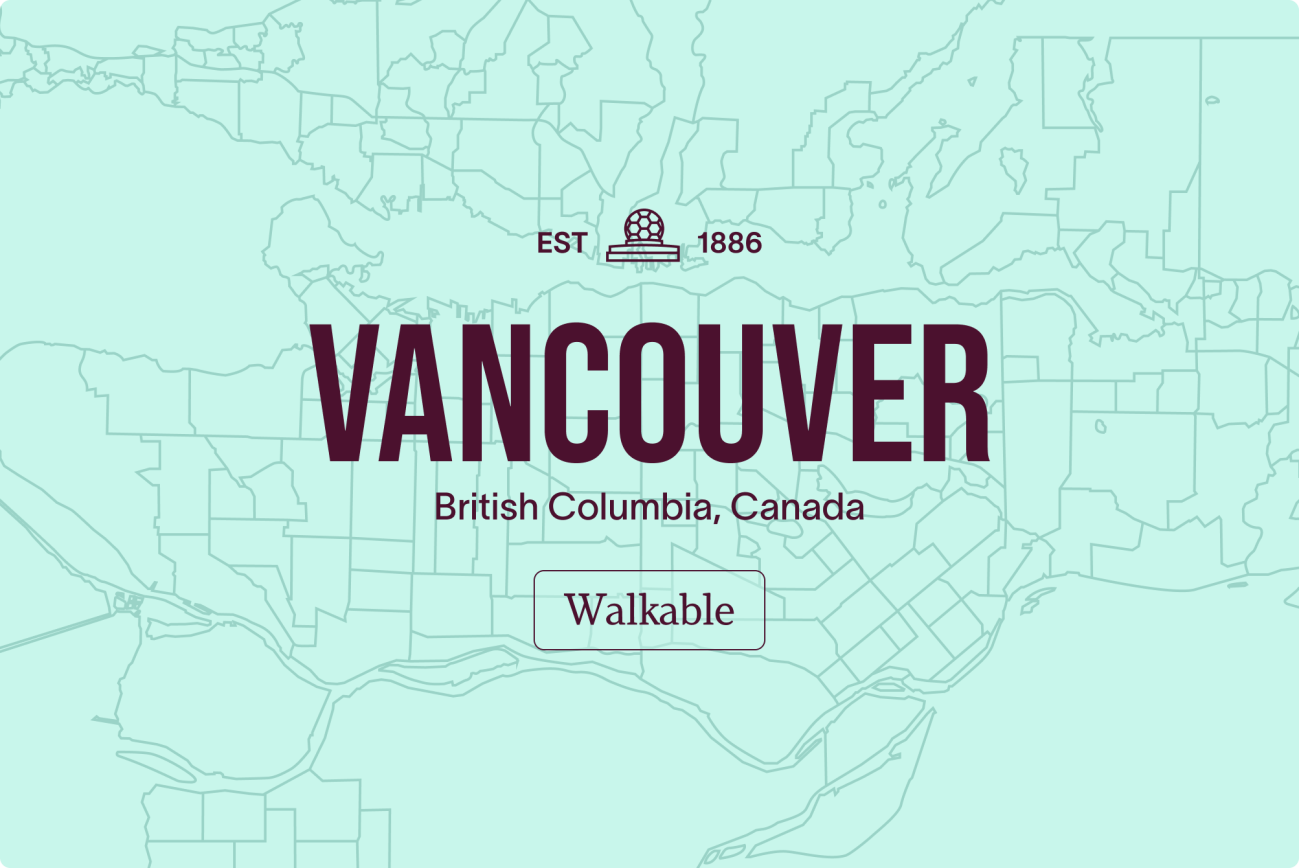Climate change is one of the biggest challenges we face on a global scale and its effects are already having a substantial impact on our lives. Increasing temperatures, growing numbers of natural disasters and rising sea levels pose a threat to our economies, our access to vital natural resources and our health.
One of the many implications of climate change is how it may influence where you choose to live. When you understand the various risks posed by climate change you can then make decisions about how and where you choose to live out your future. If you are hoping to find affordable houses in cooler climates further away from high-risk areas, then you may consider working with a real estate agent, researching moving tips or ways to sell your home fast.
Changing temperatures
One of the biggest impacts of climate change is increasing temperatures for longer periods of time. This has huge implications for our lives, from greater risk of natural disasters to less availability of vital resources and higher costs of living.
As a result, all over the country, cities and towns have set to work in making climate change a strategic priority as part of the Pan-Canadian Framework on Clean Growth and Climate Change. This means actively working to mitigate the risks of climate change, including upgrading homes, switching to zero-emissions vehicles and removing emissions through carbon capture, like tree planting.
Depending on where you are in the country will impact the risks, like forest fires or flash flooding, and the focus areas for tackling the challenges. If you are looking for homes in Calgary, for example, the City of Calgary has outlined the actions to be taken by people and businesses across the province in its 2023-2026 Climate Implementation Plan. The goal of the plan is to improve energy use, reduce climate risk and work toward net-zero greenhouse gas (GHG) emissions by 2050.
If you are considering a move to Edmonton then you can expect an increased reliance on renewable energy for heating and fueling, as part of plans to become a low-carbon city.
Increasing humidity
The humidex is used to measure the degree of discomfort a person may feel on a hot day, based on a combination of the air temperature and the level of humidity. It is important to understand because too much humidity can prevent the body’s ability to sweat and cool down.
Climate change causes more humid days, which is now impacting areas across the country. According to Environment and Climate Change Canada (ECCC), a humidex above 35 is considered high for most adults. Those living in cities like Toronto and Montreal may be more accustomed to checking the humidex, but experts are now predicting that more humid days, measuring above 35 on the humidex, are more likely across the country, even on the west coast.
Spreading soil erosion
Soil erosion refers to the movement of soil from one area to another, resulting in losses and accumulations. It is caused by wind, water and tillage, which is the accumulation of soil at the base of hills due to their downslope movement.
Extreme fluctuations in temperature, heavy rainfall and droughts—all factors of climate change—expose soil to erosion.
According to a 2016 report by Agriculture and Agri-Food Canada, soil erosion poses a major threat to Canada’s agriculture. That’s because it impacts the soil health, which in turn impacts the quality and quantity of crop yields, as well as profitability. Soil erosion can also have broader environmental and economic implications off-farm, since poor soil health may require the release and transportation of nutrients, pesticides and pathogens from agricultural lands.
More frequent natural disasters
With a warm climate comes an increased risk of extreme weather conditions and higher frequency of natural disasters, such as flash floods, wildfires, tornadoes and hail. That’s because hotter conditions are resulting in more instances of extreme heat, which boosts evaporation and leads to more intense droughts. In turn, more evaporation leads to more rainfall, increasing the likelihood of flash floods and hurricanes.
According to the Canadian Climate Institute, climate change is impacting the cost of living for every Canadian, not just those who live in the most risky areas. The number of catastrophic events in Canada has tripled since the 1980s and the report estimates the costs related to extreme weather damages cost billions of dollars annually.
According to a report by the National Collaborating Centre for Environmental Health (NCCEH) on the Canadian communities exposed to sea level rise, Atlantic Canada, particularly B.C., faces the biggest risk due to its location and population size. Of Canada’s 226,000 kilometres of coastline, the number of people exposed to rising seas is expected to grow to 850,000 people in the next 75 years.
Availability of resources
Climate change has the potential to affect the availability of vital resources, such as water and food. That’s because global warming causes glaciers, valleys and snowcaps to disappear, which affects ecosystems and leads to less water for farming, energy production and domestic use.
Economic impacts
In 2022, the Canadian Climate Institute released a series of five reports addressing the costs of climate change in Canada. The final report in the series, entitled “Damage Control: Reducing the Costs of Climate Impacts in Canada” explored how climate change is impacting the economy and making life less affordable for Canadians. Some of the ways climate change affects the economy are, as follows:
- Reduced economic growth at a national and sector level.
- Strained government budgets to accommodate increased expenditure on climate-change related costs, like damage to infrastructure, agriculture and human health.
- Less budget to spend in other parts of the economy.
- Higher taxes to accommodate climate-change costs.
- Decreased revenue in Gross Domestic Product (GDP), due to climate-change related factors, such as lower crop yields.
Shifting ecosystems
According to the Center for Science Education, shifting ecosystems usually refer to two different categories: geographical or seasonal. Geographical shifts occur when ecosystems move into areas that were previously too cold and away from areas that are now too hot. Seasonal shifts occur when the timing of seasonal cycles changes, meaning that we may get longer seasons of warm weather. This has wide-ranging impacts, including migrating species destroying crops or creating a nuisance.
Proliferation of disease
The 2019 Canada Communicable Disease Report (CCDR) found that climate change will likely increase the emergence of infectious diseases. Some of the diseases flagged as a risk directly associated with warmer climates are tick-borne diseases, mosquito-borne diseases and an increased number of foodborne illnesses. Based on multiple factors related to your location, including the weather, will impact the level of risk. However, certain groups of the population, especially those in the growing senior demographic, will have a greater sensitivity to infectious diseases, which may contribute to their spread.
How to factor climate change into homebuying
You can’t run—or move—away from the challenges of climate change, but you can be proactive about understanding them and then factor them into your decision-making. When it comes to buying a home, you will have to weigh up multiple considerations. Some will be based on your personal circumstances, including how much you can afford, your career options and your personal interests. You will also have to think about the home’s location, like whether to live in a more walkable neighbourhood, the home’s sustainability or whether you opt for urban or rural living. By knowing your priorities, you can find a home that best suits your needs.
Thankfully, most towns and cities in Canada recognize the importance of trying to address climate change and are planning infrastructure and new housing developments accordingly, but that doesn’t change the weather. For example, if you’re comparing market trends in Calgary to market trends in Hamilton, you may want to consider how each city’s differing climates could influence your decision. Calgary is situated inland but the weather can be far more variable because of the Rocky Mountains and the Pacific Ocean. Hamilton will have likely much milder winters, but there could be issues with humidity from Lake Ontario during the hot summer months. The home you buy should be reflective of the location and climate you’re going to be living in.
Houseful is here to meet your home ownership needs
Whether you’re just starting out or ready to move in, Houseful offers personalized insights, intuitive tools and expert advice tailored specifically to you. Visit houseful.ca to see what’s out there for you.




